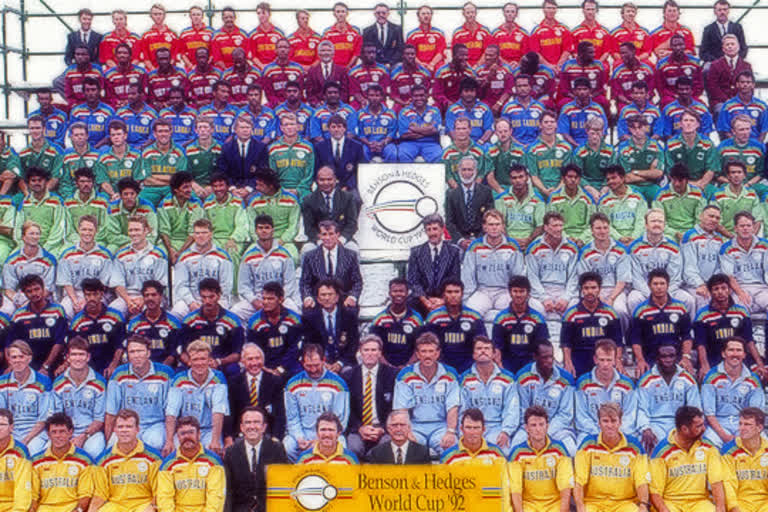Hyderabad: In 1975 when the idea of maiden cricket World Cup came into effect, teams appeared in front of fans wearing white kits and matches were 60 overs affairs. The only coloured thing was in the mix was the red ball, which is predominantly used in Test cricket.
For the first four World Cups, whites kits and red balls were used. The first major overhaul in One-Day-International Cricket World Cup took place in 1992 when coloured jerseys replaced white kits and white ball replaced the red ball to give Down Under World Cup a brand new touch.
Reducing the overs to 50 from 60 also made the World Cup gripping and intriguing.
However, the introduction of coloured jersey to the World Cup didn't happen suddenly and it was not a fluke. It was a well-thought move which changed the outlook of cricket forever.
The introduction of rainbow jersey in the ODI cricket began with Kerry Packer's World Series Cricket way back in 1978, when a WSC West Indies XI took on WSC Australia XI for the first ever day-night match.
Fans were amused by the move as colours added a unique flavour to ODI cricket. It turned out to be a genius marketing move for the organisers. WSC Australia XI were dressed in wattle gold, while WSC West Indians came out on coral pink.
The match at the Sydney Cricket Ground also first saw the use of white balls and black sightscreens.
Kerry Packer's World Series Cricket- the change agent
No doubt Kerry Packer's World Series Cricket boosted the growth of ODI cricket. More than 50,000 people had crammed themselves inside the stadium to become witnesses of the historic event.
Though Australia witnessed the introduction of day-night cricket and coloured jersey in the 80s, it took ICC to make them norm in 1990s. The move culminated in 1992 World Cup Down Under that saw many firsts.
This was also the first World Cup that saw South Africa featuring in it after serving the notorious apartheid era.
Though all participating teams of the 1992 World Cup wore coloured kits cricket fans had to wait for eight more years to see all cricket teams adopting the coloured jerseys in ODI cricket, while Test continues with the traditional whites.
The jersey of the top 8 teams has gone through major changes from time to time.
Team India wore many shades
The Indian ODI jersey had gone through major changes over the decades. It started off in the mid-1980s by being lite blue with a yellow stripe, without 'India' written anywhere. The 1992 World Cup happened to be the first time India wore a deep blue jersey with India written on it. Since then, the jersey went through changes. From blue, yellow to the touch of Indian flag Team India jersey wore many shades.
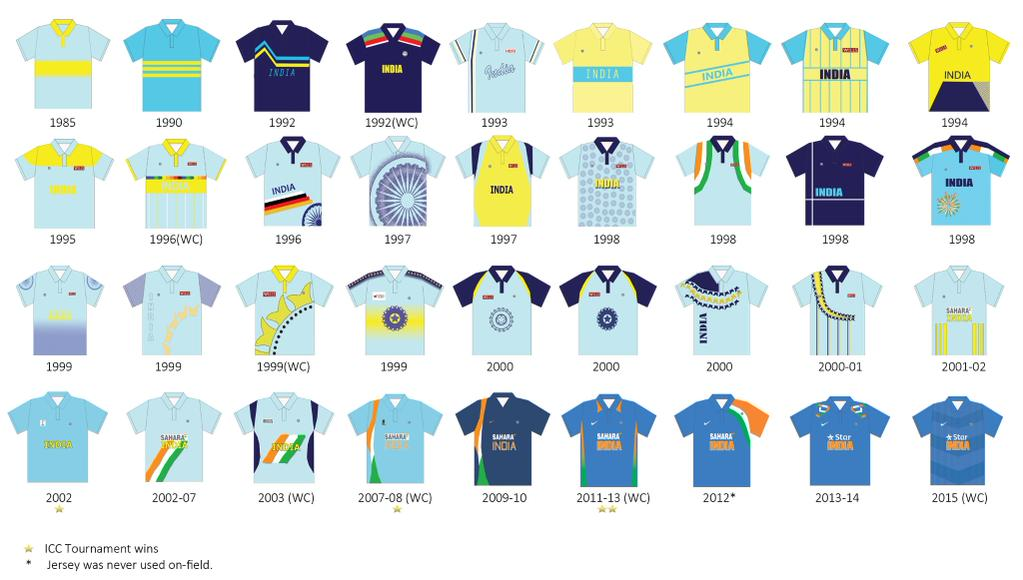
In 1996 and 1999 World Cup Team India hit the field sporting lite blue jersey which had yellow shade in the middle. In the 2003 World Cup, the lite blue jersey got a navy blue touch on either side. 2007 and 2011 World Cup saw the use of colours of Indian flag on blue jersey while the 2015 World Cup saw 'INDIA' written on whole blue jersey in orange.
Australia's love for gold and green

The five-time World Cup champions Australia wore pied red canary in 1992 World Cup which was followed the yellow base colour with green shades. In the 1999 World Cup, Australia were dressed in a yellow jersey which has three running green stars. In 2003, 2011 and 2015 there were no differences in terms of colours. However, in the 2007 World Cup, Australia wore the gold coloured jersey on which 'AUSTRALIA' was written in green.
England- The navy blue
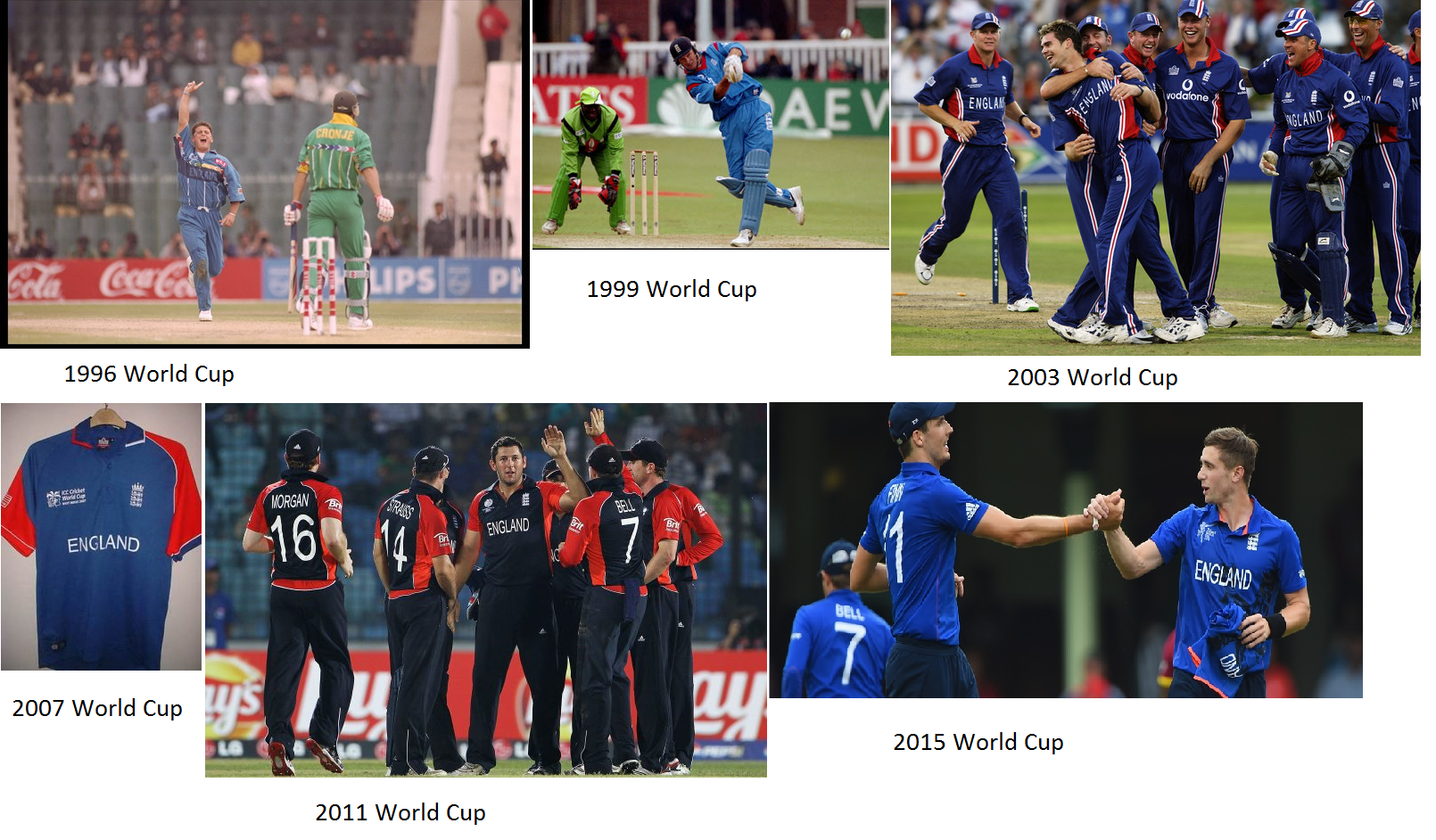
The three-time runners-up England donned sky blue till 1999 World Cup. However, in the 2003 and 2007 World Cup they donned the colour of their national flag- navy blue. In the 2011 World Cup, they wore deep blue which had red shades on right and left. In 2015, they got navy blue trouser and blue t-shirt.
New Zealand's tryst with black
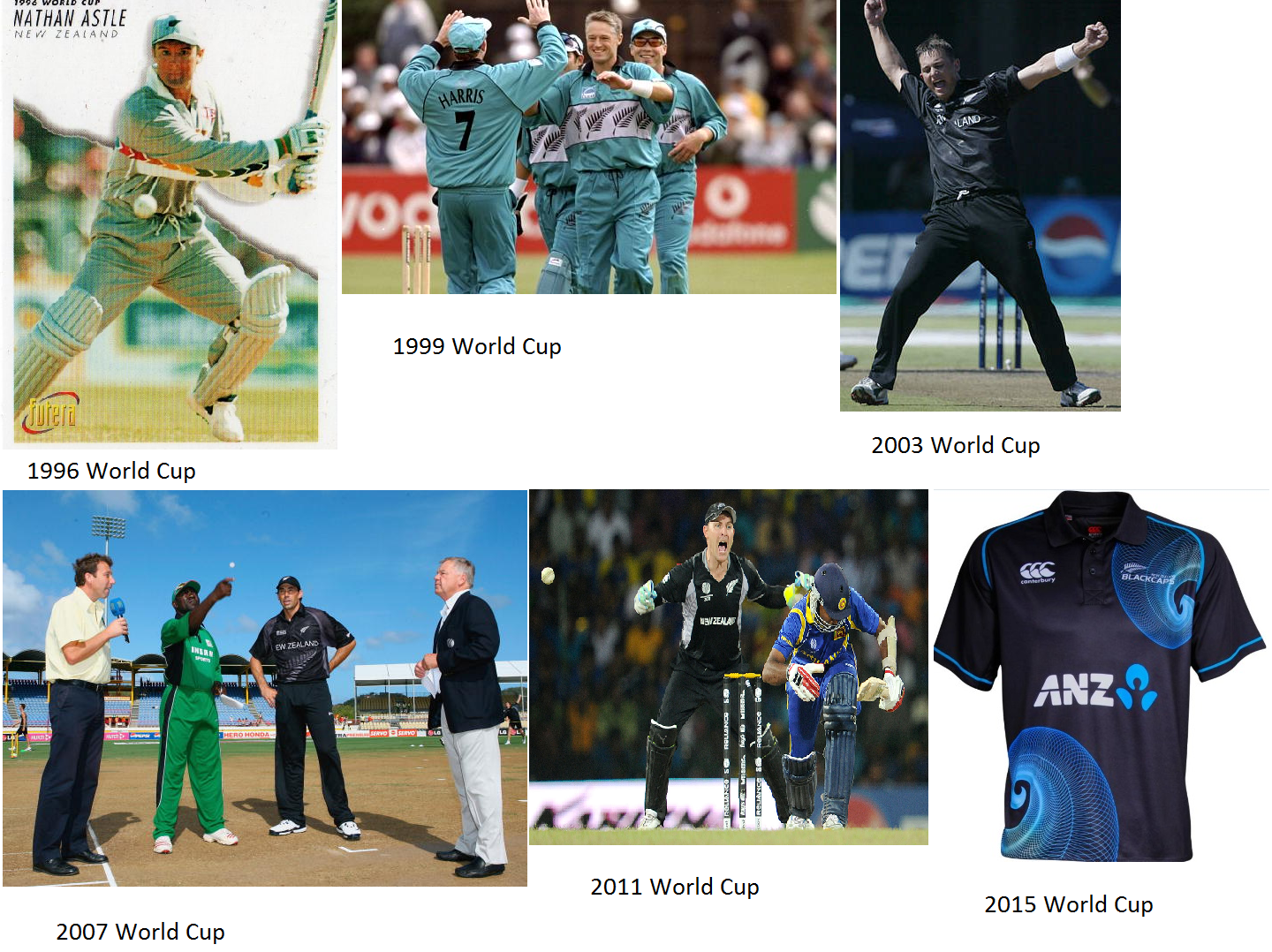
After wearing sky blue in the 1992, 1996 and 1999 World Cup they turned to black for 2003 and 2007 World Cup. In 2011, they got white sides on the black jersey with 'New Zealand' written on white letters. In 2015, they brought the site of lite blue on black.
Pakistan and South Africa: They love green
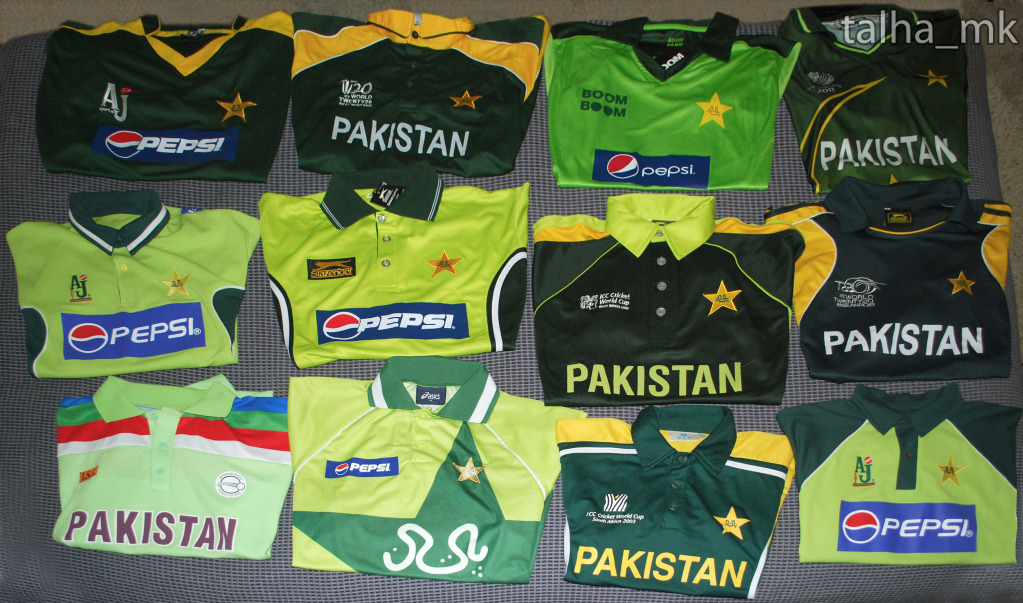
These two teams have been sporting green jerseys since 1992. While Pakistan mostly wore deep blue which is a reflection of their national flag. The only two exceptions are 1992 when they clinched the World Cup and 1999 when they finished as runners-up.
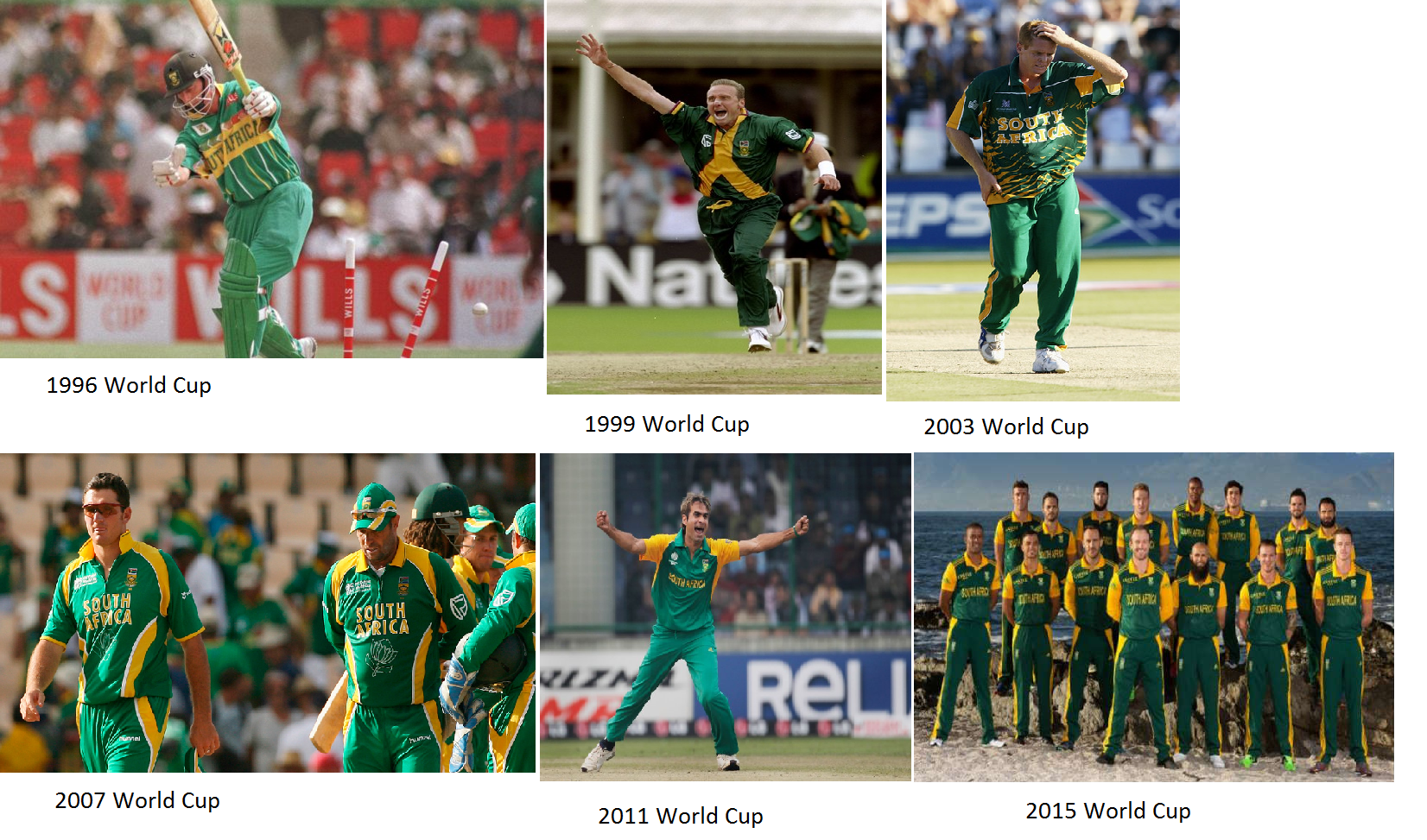
South Africa, on the other hand, wore a green colour with yellow shades. In the 1999 World Cup, they wore deep green with a yellow cross.
Sri Lanka- Deep blue

They are another blue loving nation. 1996 World Cup is the only exception when Sri Lanka wore lite blue and lifted the World Cup. However, their tryst with deep blue continued till 2011, an era during which they made it to two summit clashes and two semifinals.
Windies- Maroon
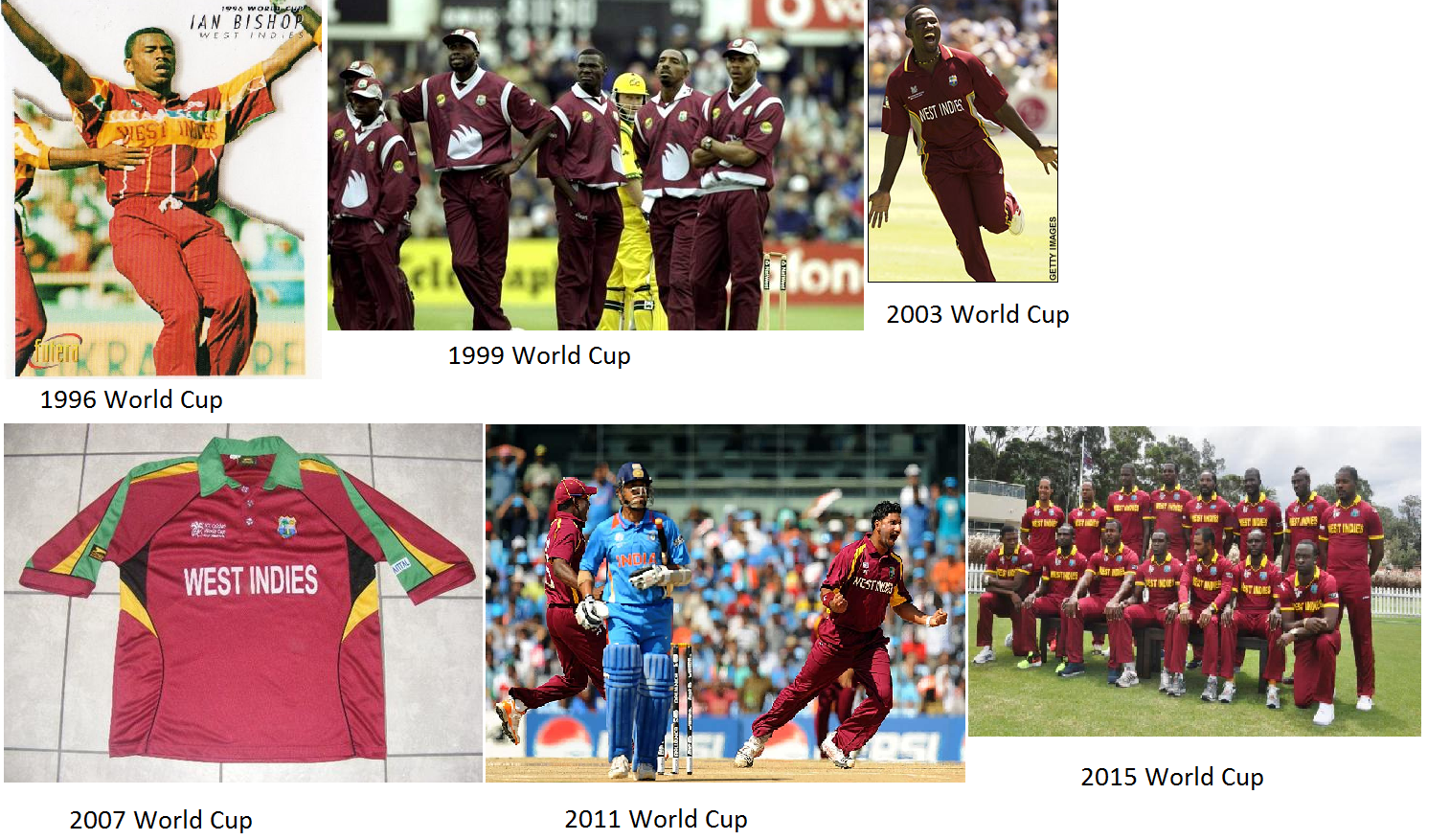
Windies love for maroon is well known. They represent the colour of the Caribbean region.
Bangladesh- Lush green
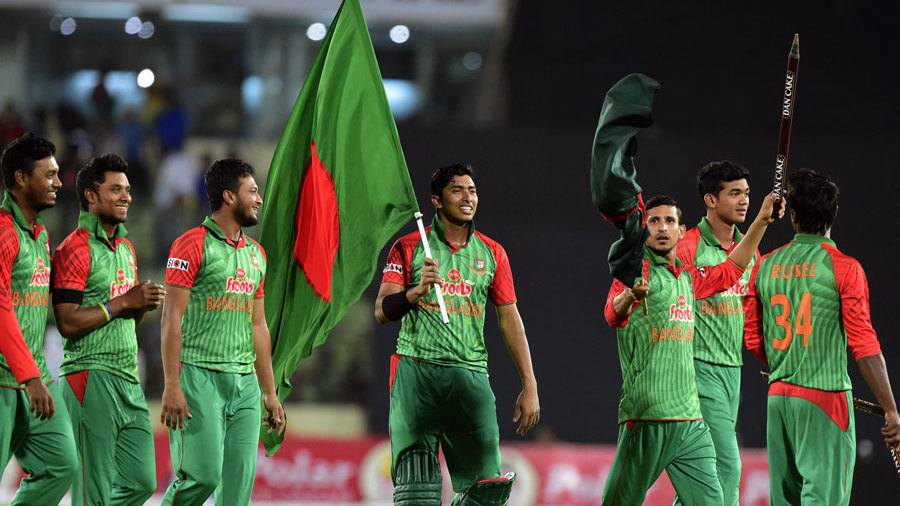
Apart from Pakistan and South Africa cricket got another team that loves green. Bangladesh wear lush green which has a red shade. The only exception for them was the 1999 World Cup when they wore blue on which 'BANGLADESH' was written on yellow.
NOTE: Afghanistan, who will play their second World Cup, have not made any big changes to their jersey.
